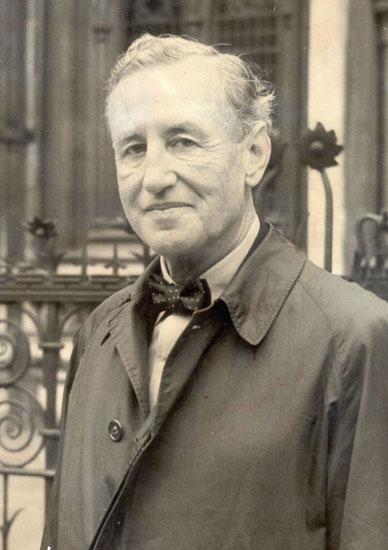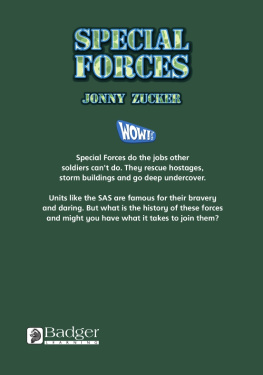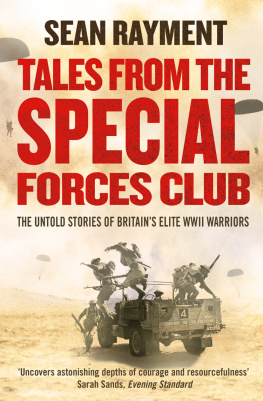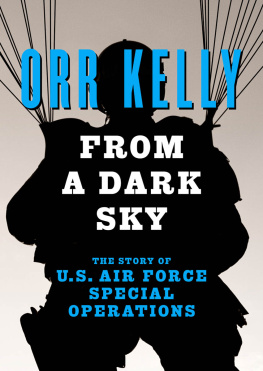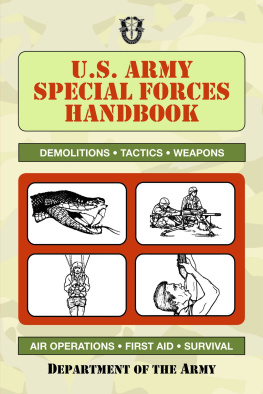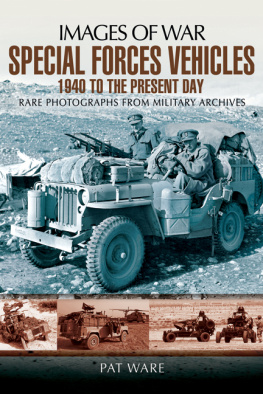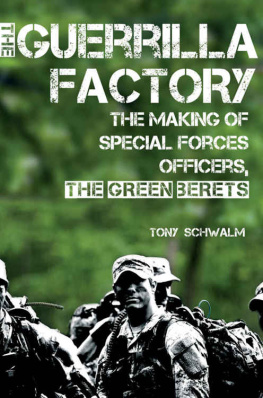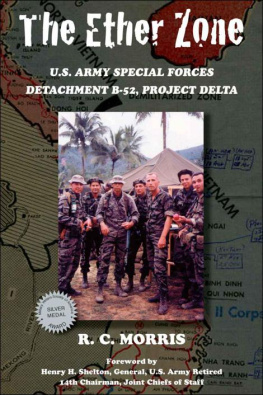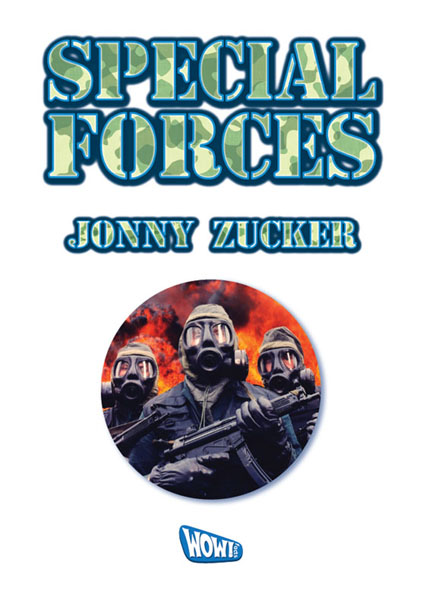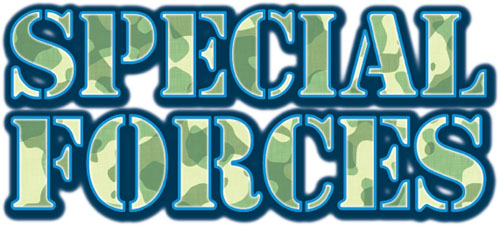
Contents


Ancient China
The idea of giving small groups of soldiers special training goes back a very long way. In the 11th century BC, a Chinese military strategist, called Jiang Ziya, wrote about such men. He said specially chosen soldiers should be trained to climb the highest mountains and to cover long distances very quickly. These soldiers helped King Wen and King Wu overthrow the Shang Dynasty.

Jiang Ziya was a military expert in ancient China.
The Romans
In around 500 AD, the Romans selected the strongest soldiers for extra speed and strength training. These men were then placed on very small, fast, camouflaged boats. When the boats landed on enemy territory, the specially trained soldiers sped onto land to carry out spying missions. They then reported back on the enemys positions and the number of troops they had.
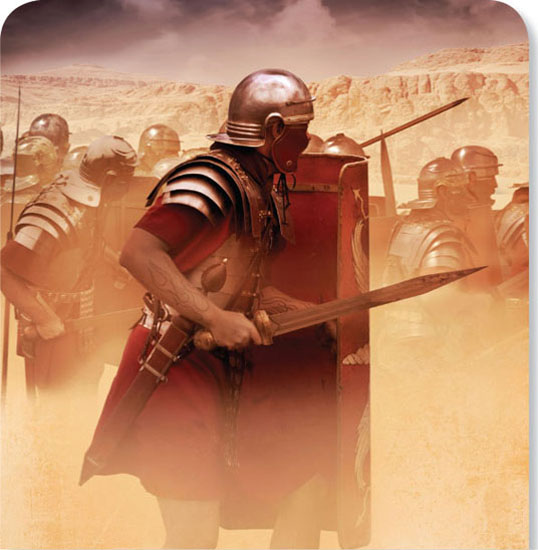
Norse warriors
These warriors were very strong and tough. The toughest of these warriors were known as berserkers (or berserks). They went into battle in what appeared to be an uncontrollable, trance-like fury. They were said to be almost unstoppable and would carry on fighting even if severely injured.
Some historians believe that berserkers worked themselves into a rage before battle. Others think that they might have eaten drugged foods or drunk a large amount of alcohol!
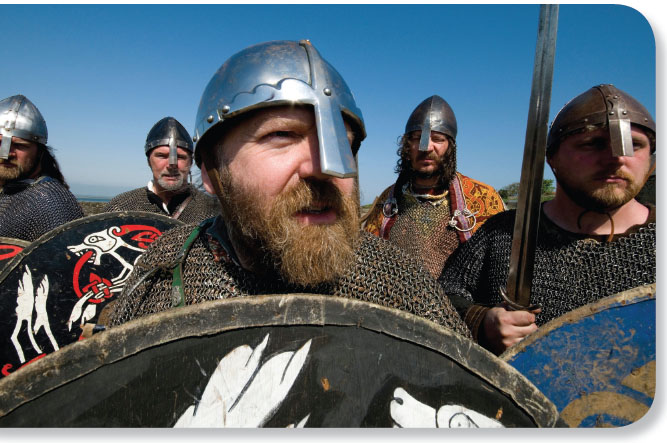
Ancient Japan
In 15th and 16th century Japan, groups of soldiers who had undergone special training were known as ninjas. These men were incredibly fast and strong fighters. They were used to spy on enemy positions as well as to smash enemy equipment and supplies. Ninjas were also used as bodyguards for military leaders.
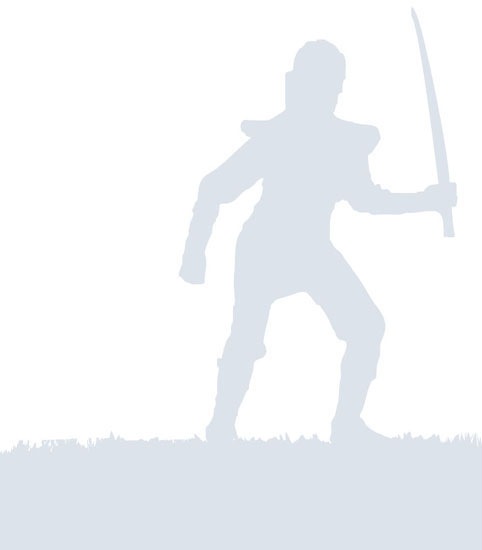
Ninjas did not traditionally wear the black shown in modern books and films. They usually dressed in everyday clothes so no one knew they were ninjas.
They would carry a hidden sword, known as a katana, as well as ropes and grappling hooks. They also carried a Tenugui a piece of cloth that could cover their face (to protect their identity), form a belt or be used in climbing.
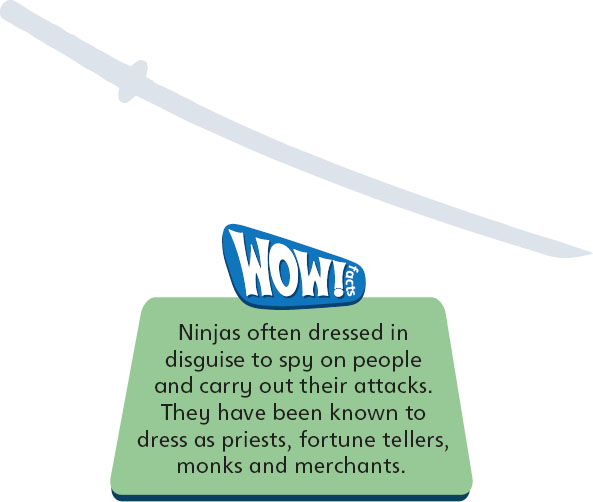
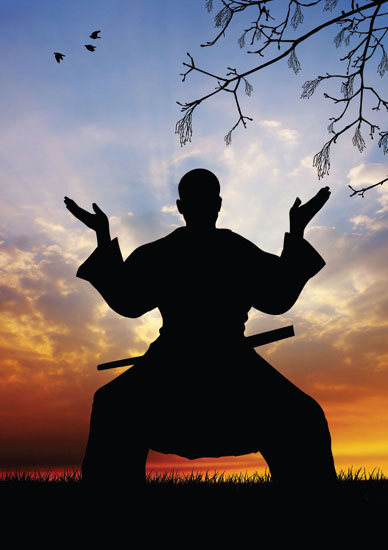

The first special forces
The British army started using special forces in the 1840s. In the Boer War of 1899-1902, Britain used adult teams of scouts, such as the Lovat Scouts from Scotland. These teams were skilled in:
shooting
military tactics
field crafts things like setting up camps, hunting and surviving in the wild.
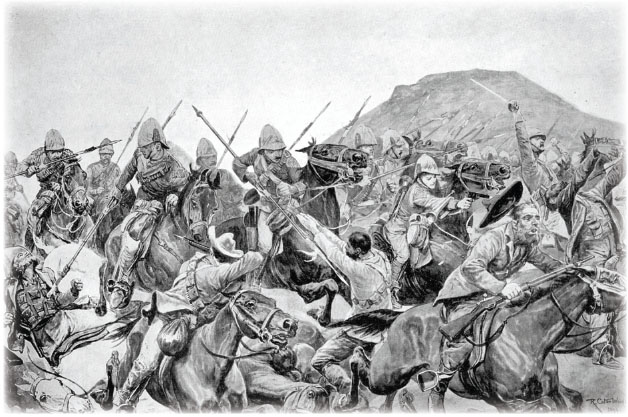
The First World War (1914-1918)
During the First World War, ANZAC (The Australian and New Zealand Army Corps) and Canada provided special forces to fight alongside regular British army troops. These soldiers specialised in lightning quick raids on enemy trenches and capturing enemy soldiers. They were known for their bravery, speed and strength.
The Second World War (1939-1945)
It was in the Second World War that special forces really came into their own. The British Prime Minister, Winston Churchill, asked military leaders to create: Specially trained troops of the hunter class who can develop a reign of terror down the enemy coast. He wanted special soldiers who could operate on land, by sea and in the air.
These special soldiers were trained to survive in incredibly hot deserts and travel huge distances in very fast times. They were used in the Burma Campaign, where conditions were very tough.
The British army also formed Inter-Allied special forces units that consisted of special soldiers from Britain, France, Belgium, Norway, the Netherlands and Poland.
In 1941, America joined World War Two on the side of Britain and the Allies. The Americans trained soldiers to operate deep behind enemy lines without being discovered. America and Canada also set up the First Special Service Force which was known as the Devils Brigade. These daring troops took part in high altitude ski sabotage missions in Norway.
British special forces were used to parachute behind enemy lines in Germany and occupied France. They took part in many missions, which included blowing up bridges to stop the German armys advance. They also attacked communication systems and freed prisoners. Many of their stories only came to light 30 or 40 years after the war had ended.
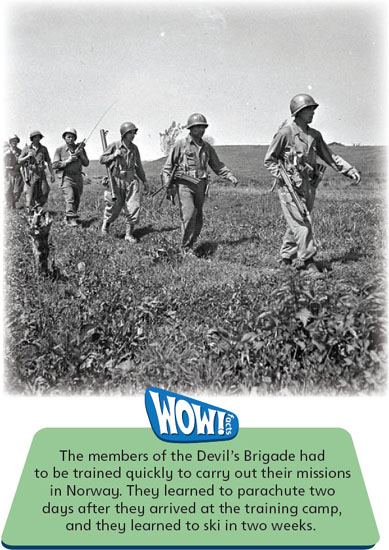

James Bond author, Ian Fleming, was an important member of British Special Forces during WW2. He was involved in both 30 Assault Unit and T-Force Unit. Both of these were special units whose main aims were to steal enemy documents, learn about enemy technology and feed the Nazis misinformation about Britains strategy.
After the war, Fleming told friends he wanted to write a spy novel. In 1952, he created a new special forces spy character called James Bond. He based Bond on all of the daring and brave special forces troops he had come across in the Second World War. He made Bond a commander in the Royal Naval Reserve and gave him the code name 007. The first Bond book was called Casino Royale.
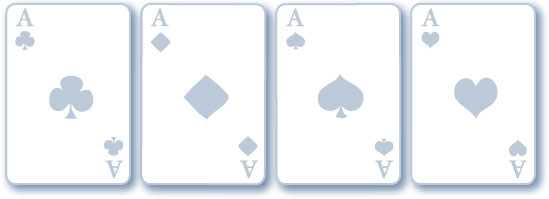
Ian Fleming wrote the James Bond novels.
